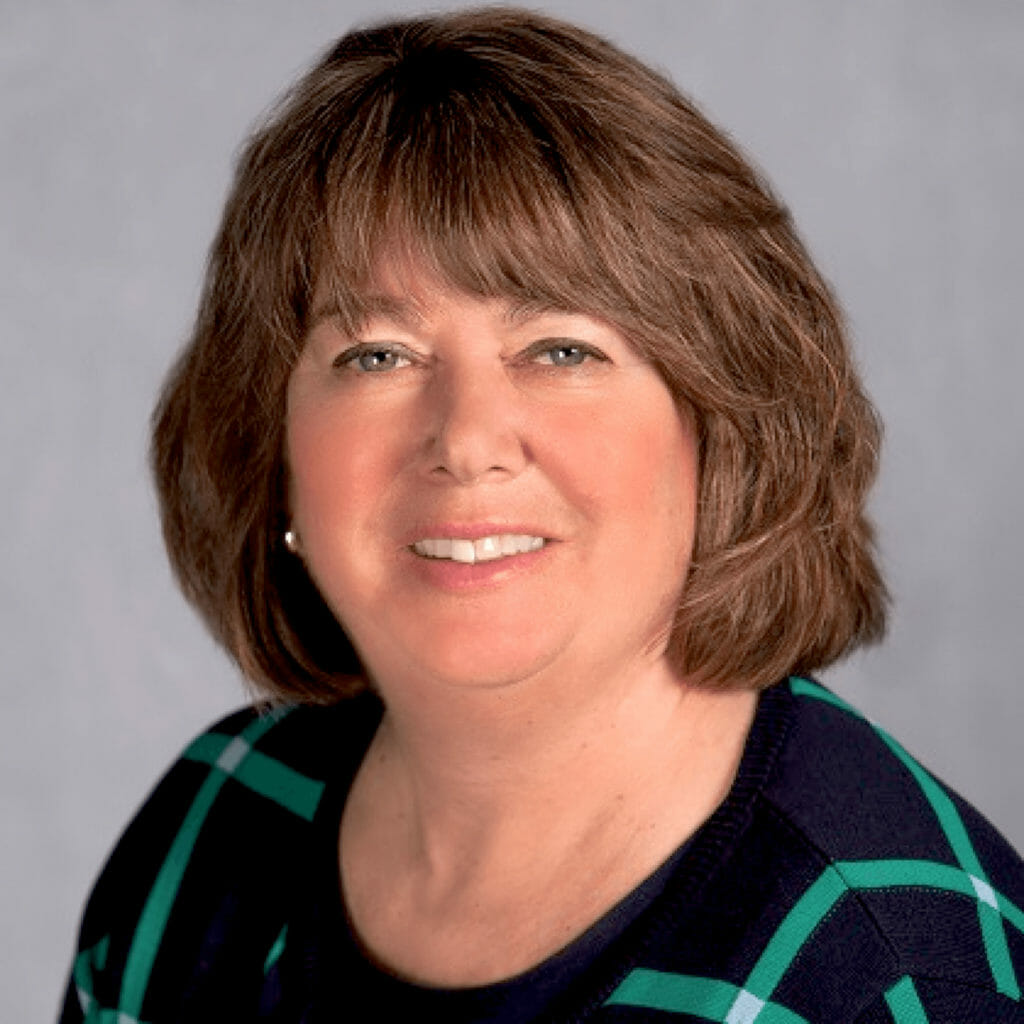
Reduce the annual cost of senior living by $10,000 and 2.3 million older Americans would be able to afford it. Knock an additional $5,000 off and 3.6 million more would be able to afford it.
That’s the finding of independent research recently conducted by NORC at the University of Chicago. It’s an important finding because, as McKnight’s Senior Living previously reported, the same investigators projected that at least 54% of the 14.4 million middle-income older adults in 2029 in the United States will lack the financial resources to pay for senior housing and care.
“If the sector can develop products that appeal to middle-market consumers at a price they can afford, it will greatly expand the potential market for seniors housing and increase options for these previously underserved seniors,” said Caroline Pearson, lead researcher of the study, which was published in the May issue of the journal Health Affairs.
But how can those cuts be made?
That’ll be the focus of a May 21 (today) event from 9 a.m. to noon ET in New York City, where the National Investment Center for Seniors Housing & Care, which funded the study, will gather developers, builders, operators and others to discuss potential solutions. (See related materials here.)
| Read McKnight’s Senior Living’s coverage of NIC’s Middle Market Investor Summit. |
“What we’re really hoping is that this is the beginning of a conversation. What might start as a seed of an idea, maybe it will germinate,” Beth Burnham Mace, chief economist at NIC and another author of the study, told McKnight’s Senior Living.
Building and labor
Building and labor cost reductions are two areas worth looking at, she said.
Of the two, “the biggest piece of the cost equation is the labor component, because labor and salaries and benefits account for about 60%, today, of the cost and the expenses for assisted living,” Mace said. “So we have to figure out how to reduce that to some degree, to be able to get to those price points.”
Some possible solutions to discuss, she said — noting that they may not be legally or financially viable — might include having family members help provide care and services to their loved ones on a volunteer basis to offset costs, or having people accumulate hours for their future care and service by “banking” hours now through volunteering. Additionally, she said, operators might offer more a la carte services, so residents only would pay for those services that they need and use. Or buildings could be designed with hub-and-spoke layouts to reduce the time staff members need to travel between resident rooms.
Technology is another way to reduce labor costs, Mace added. “We’re already seeing some of that happen already today,” she said.
17 years to build 750,000 needed units
But even if the industry acts tomorrow, according to NIC, it would take 17 years at today’s construction rate to build the 750,000 additional seniors housing units needed to serve the middle-income market.
“One of the takeaways is that … there is going to be, just to serve this cohort alone, a pretty significant demand, so we really need to start to figure out how we can create those 700,000 units at a price point that people can afford, and at a point, from a finance point of view, that is still attractive,” Mace said.
Another challenge, she added, will be determining when to build those units, given the oversupply of senior housing that currently exists in many markets.
Changing assumptions
The aforementioned analysis conservatively assumes that the average annual cost of assisted living rent and medical out-of-pocket costs is approximately $60,000, and that the average annual cost of independent living and health costs is about $45,000. Also, researchers defined middle income older adults as those aged 75 or more years who have annual financial resources of approximately $25,000 to $95,000, depending on age and whether housing equity is included.
But NIC and NORC are releasing an interactive tool that will allow investors and others to alter assumptions about individuals’ financial resources, age, housing equity, and annual senior housing rent and medical costs as they see fit, to make their own determinations.
More to come
The May 21 event, a follow-up to one held April 24 at which the study results first were released, won’t be the end of the discussion. Look for themes from “The Forgotten Middle” study and related events to appear on the agenda of future NIC conferences, too, Mace said.
“As a private industry, we really need to develop solutions for this group of individuals,” she said. The group, she noted, includes workers such as teachers, firefighters and police officers — “people who have worked really hard, and they deserve a good option for care and housing as they get older.”



